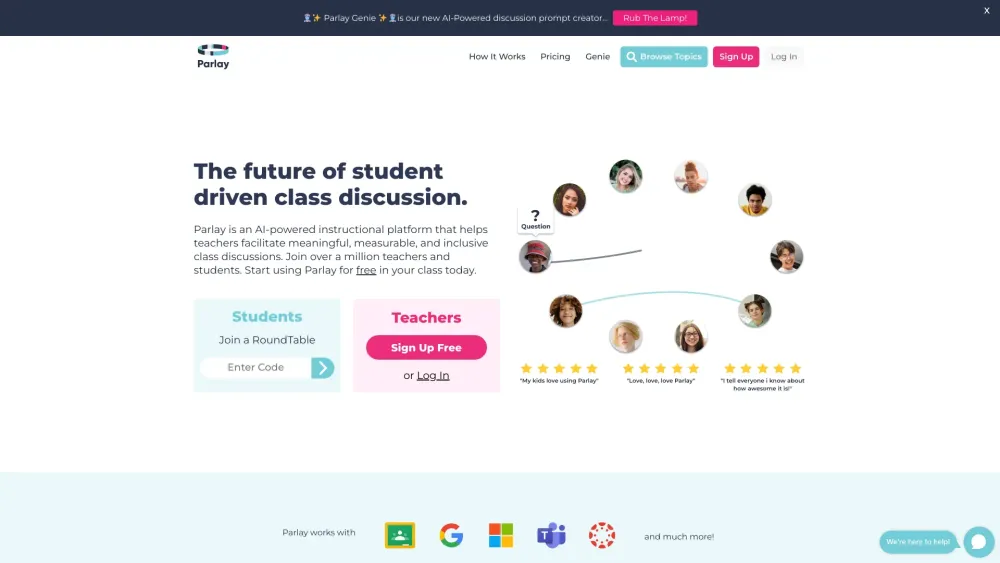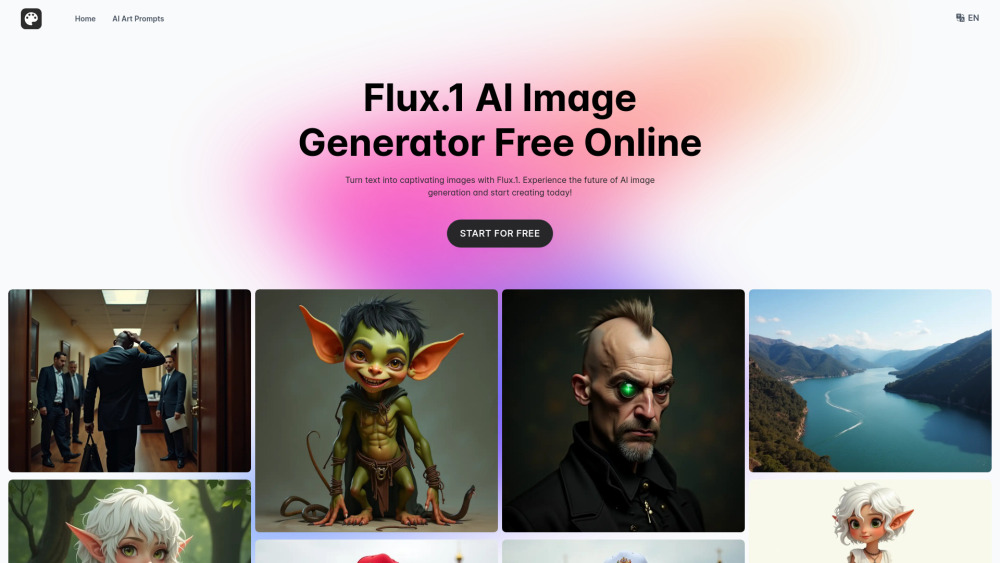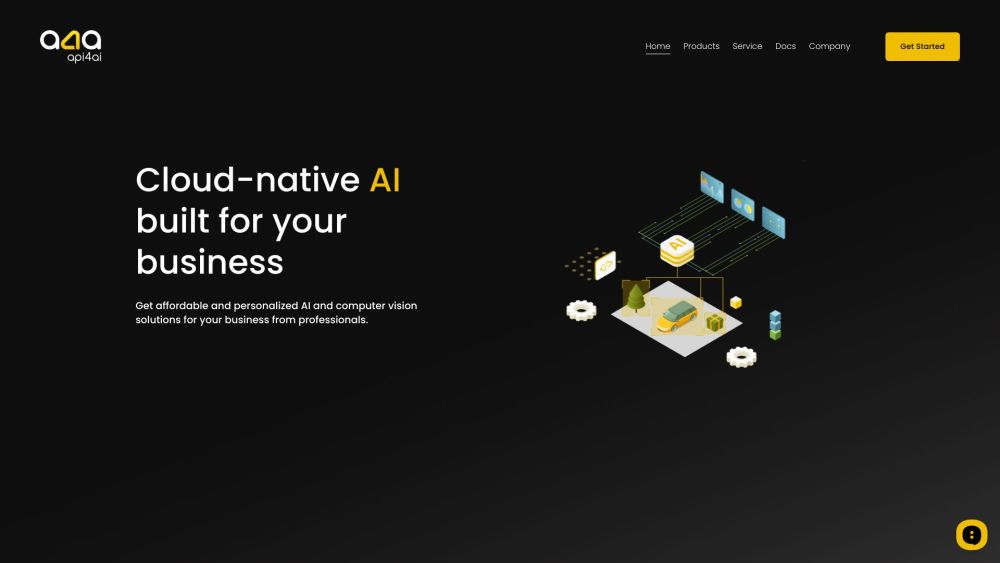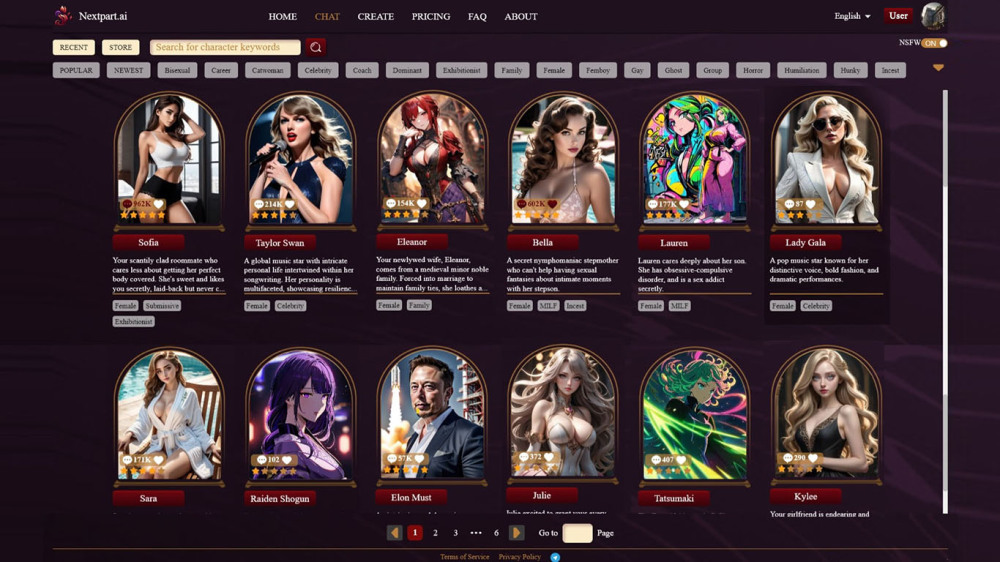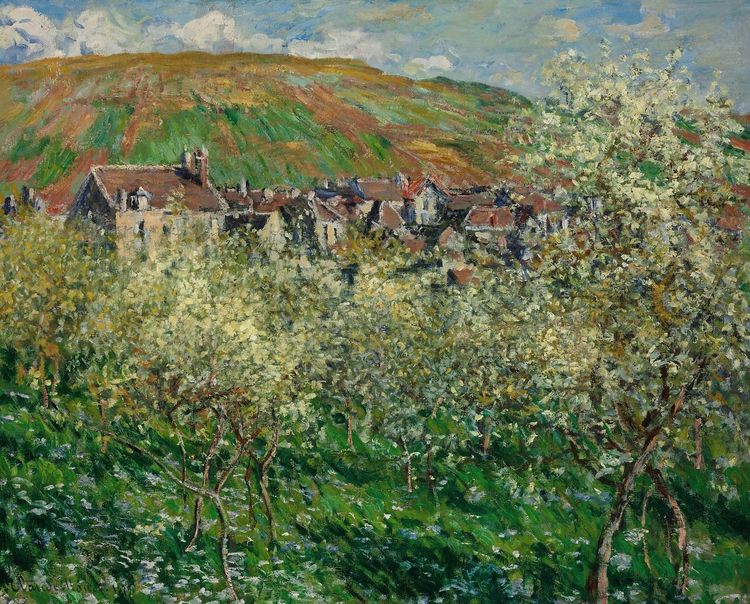From artists voicing concerns about AI-generated art being akin to “plagiarism” and “collage,” to recent reports of individuals generating up to 7,000 articles in a single day using AI, the rise of AI-generated content (AIGC) has sparked significant debate.
A recent AI film titled “Waves of War,” which competed in a “Global AI Film Marathon,” reignited discussions about its striking resemblance to the film “Dune.” This issue extends beyond this competition; iconic works like Pixar films, “The Wandering Earth,” “Star Wars,” and “Cyberpunk 2077” have faced similar mimicry, with several imitations garnering awards. Critics argue that many of these creations involve splicing together existing films rather than producing wholly original content.
In AI video production, a common approach is to film live action first and then transform it into AI-generated content for competitions. While some see this as merely adding an “AI filter,” others view it as superficial, akin to washing live crabs in high-quality water.
Another controversy emerged from a “historical female” image created during a 360 product launch event. The company was accused of utilizing a Lora model developed by DynamicWang without compensation. Liang Zhihui, a product manager at 360, defended the use, suggesting that generating images from the model doesn't equate to “copy-pasting” or “theft.” He raised a provocative question: If the images used to train the model hold copyrights, how should we define the copyright of the model itself?
As discussions around intellectual property evolve, the balance between protecting human creativity and fostering technological innovation becomes increasingly complex. China is emerging as a leader in AI, setting legal precedents that contribute to global discourse. While AI's potential for creating illusions limits its application in precision-demanding sectors like law and finance, it thrives in creative industries, particularly in film and media.
A critical question arises: Does AI-generated imagery from prompts hold copyright? Understanding the dispute between DynamicWang and 360 is essential. Some legal experts argue that using AI tools to generate content without modifying any existing copyrighted works may not constitute copyright infringement. However, a prior case involving a short video blogger highlighted a contrasting view. The ruling indicated that even with facial alterations, the unmodified decorative aspects could infringe on an individual’s likeness rights.
This case emphasized the significance of “recognizability” in likeness rights, suggesting that imitating artistic techniques could lead to ownership claims. Given the notable similarities in images generated by DynamicWang, establishing “recognizability” appears plausible. However, challenges emerge when the original work consists of an AI model capable of producing similar images in bulk.
Legal practices in the United States typically adopt a stricter stance on AI technology and its users, narrowing the definition of “human works.” For instance, an artist created a book titled “Zarya of the Dawn” featuring Midjourney-generated images. Despite her attempts to register copyright for the entire work, only the text and arrangement were protected, while the AI-generated images received no protection.
In contrast, the Beijing Internet Court in China recognized AI-generated text-to-image works as copyrightable, arguing they qualify as “intellectual results” and “original” creations. However, this ruling faced significant criticism and is situated in an ongoing scholarly debate regarding the acknowledgment of various forms of creativity.
As AI continues to evolve, we must critically examine its role in art. While there’s a call for proper attribution in creative expression, anxiety over potential replacement remains among human artists. During the recent Hollywood strikes, voice actors raised urgent concerns about the implications of AI on their work.
In conclusion, as AI transforms creativity and storytelling, the lines between inspiration and imitation are increasingly blurred. The industry must navigate this new landscape thoughtfully, ensuring that while we embrace technological advancements, we also protect the essence of human artistry that inspires these innovations.
